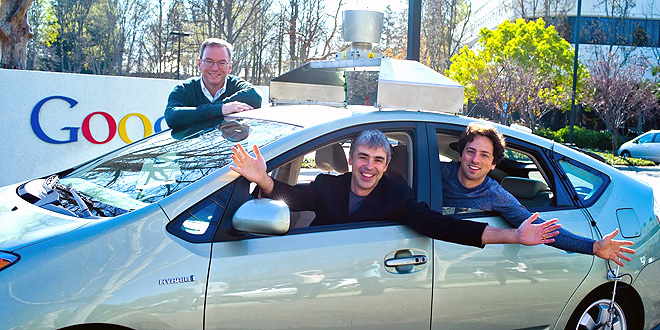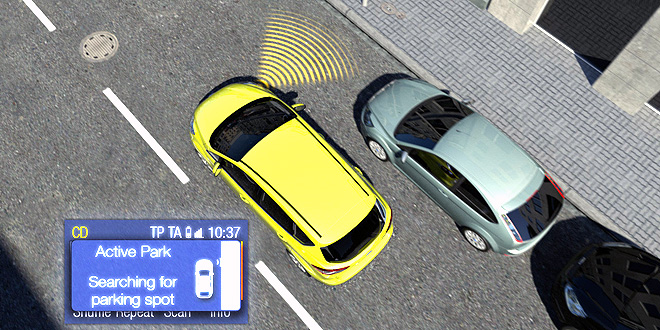Whether you think of it as exciting or creepy, Google has gotten a lot of attention for its research into driverless cars.
The technology company has long been experimenting with the idea of cars that can drive themselves, and the concept is starting to become a reality. The State of Nevada passed a law more than a year ago that would allow the first, albeit limited, use of driverless cars in the United States.
Google has already taken Nevada up on the offer. The first license ever issued for a driverless car was handed out in May of last year. Google’s experiments have even let cars, without the help of drivers, navigate a circular route around Lake Tahoe, the curves of the Pacific Coast Highway and the famous hairpins of Lombard Street in San Francisco.
Google’s system uses sensors, data from Google Maps and the Global Positioning System (GPS) to navigate roads. It knows the speed limit of the street it’s driving on and uses sensors to keep from hitting other cars nearby, controlling the steering wheel, brakes and accelerator almost like a human driver would.
While, admittedly, a world filled with self-driving cars is still a long way off, some technology that makes cars more autonomous is already on the market. Here’s a look at five features available today.
Adaptive Cruise Control
Unlike ordinary cruise control, which keeps the car moving at a consistent speed no matter what, adaptive cruise control will change your car’s speed based on the traffic in front of you.
Using radar sensors that can tell how far ahead the nearest car is, these systems will slow you down or speed you up — even applying the brakes, if necessary — to keep you moving the same speed as surrounding traffic.
You can even dial in how closely you want to follow the car in front of you. Tailgaters, take note.
Emergency Braking
Some cars take adaptive cruise control a step further and actually apply the brakes if they sense a collision is imminent. Depending on the car and manufacturer, these systems will either “prime” the braking system — which makes it respond faster when the driver slams on the brakes — or actually start to brake before the driver does when the sensors detect that you’re about to crash.
Lane-Change Sensors
If you’ve ever been annoyed by drivers who can’t seem to stay in their lane — or, heaven forbid actually been one of them — then you’ll appreciate the lane departure warning that many new cars are making available.
These systems utilize cameras mounted on the side of the car that watch for stripes in the road. If the driver starts to veer too far to one side, the car will either sound an audible alarm or vibrate the steering wheel as a way of saying, “Stay in your lane!”
Backup Braking
Rear-view cameras are becoming common on SUVs and luxury cars today, but they’re only effective when drivers use them. Case in point: my wife got hit by a Honda Pilot driver who was backing out of a parking lot one afternoon. The Pilot had a rear-view camera, but the driver wasn’t watching it at the time.
Infiniti has just released a device that’s perfect for that situation. If it detects something in your path while backing up — whether a toy, a child or my wife’s sedan — it will apply the brakes automatically as a safety measure.
Automatic Parking
Finally, to conquer that most nerve-wracking test of driver’s ed, a few cars are capable of parallel parking themselves. Lexus, Ford, BMW and a few other companies offer cars that can maneuver themselves into tight parking spaces with very little input
from the driver.
It’s not as fully automated as the Google cars, but it does offer a peek into the future of autonomous driving. And it’s actually on the market today.






